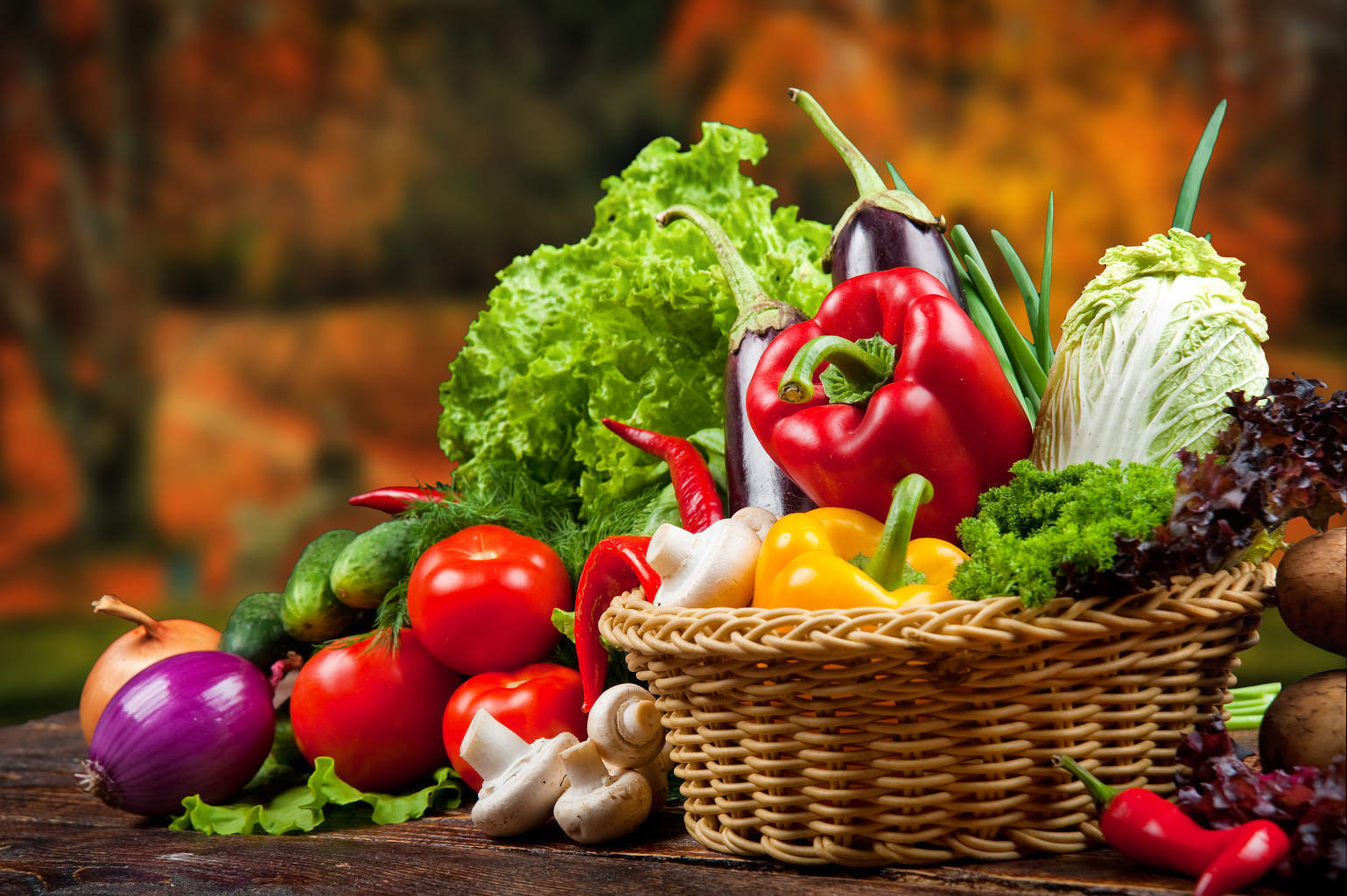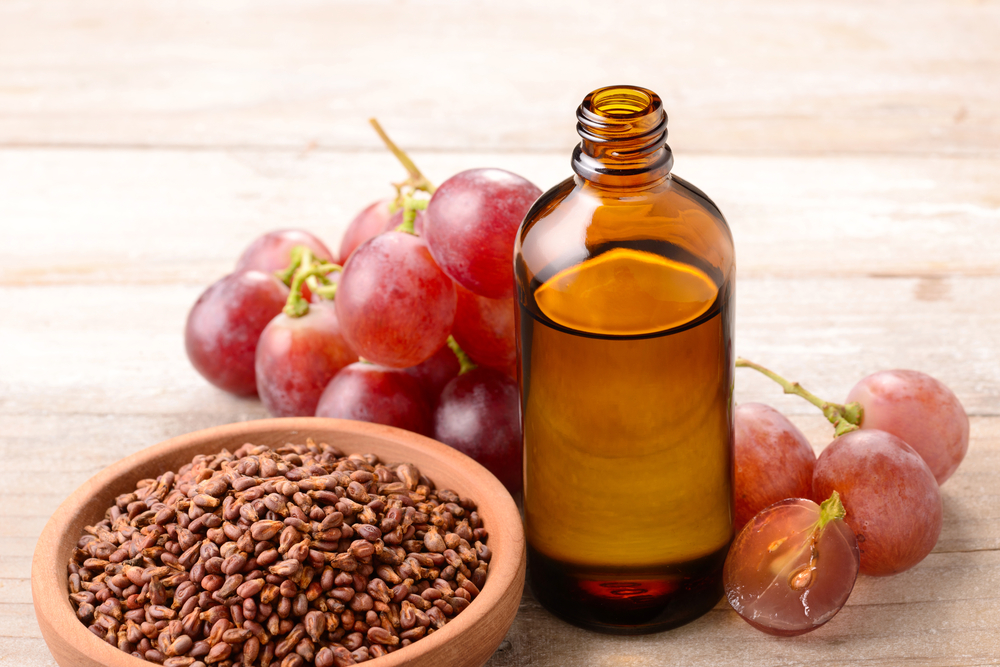Contents:
- Medical Video: Best 5 Fruits and Vegetables You Should Be Eating For A Healthy Body
- Vitamin C
- Vitamin E
- Vitamin A
- Vitamin B
- Food fiber
- Antioxidants
- The role of colors in fruits and vegetables
- Red, blue and purple
- White
- Orange and yellow
- Green
Medical Video: Best 5 Fruits and Vegetables You Should Be Eating For A Healthy Body
Almost everyone knows that fruits and vegetables are good for health, but the nutritional benefits of eating more fruits and vegetables are amazing.
Vitamin C
Fruits and vegetables are more or less the only source of vitamin C. Other foods that provide intake of essential vitamins are breast milk and some meats. Vitamin C helps defend the body from infection and has an important role in bones, blood vessels, cartilage, teeth, and gums. Vitamin C also functions as an antioxidant, and the quantity available in fruits and vegetables is naturally safe. The same does not apply to vitamin C in supplement form. Vitamin C also helps absorb iron from plant sources.
Found on:
- All fruits and vegetables that contain Vitamin C.
- Chili, guava, broccoli, citrus fruits, papaya, cauliflower, strawberries, mangoes, melons, and cabbage are rich in vitamin C
Vitamin E
The vitamin antioxidant protects many cells throughout the body, especially on membranes around cells.
Found on:
- Vegetables: on the outer leaves of dark cabbage, sweet potatoes, tomatoes, pumpkin, spinach, sweet corn, broccoli, asparagus, and parsnips.
- Blackberry, mango, and Dutch eggplant are good sources, and lesser amounts of vitamin E are in plums, pears and raspberries.
Vitamin A
Most vitamin A is made in the body from compounds called carotenoids found in brightly colored vegetables and fruits. Beta carotene is the most important carotenoid for conversion to vitamin A
Found on:
- Vegetables: carrots, sweet potatoes, pumpkin, chili, Asian vegetables, watercress, peas, tomatoes, sweet corn, beans, lettuce, and broccoli.
- Fruits: melons, apricots, persimmon, Dutch eggplants, yellow peaches, guava and oranges.
Vitamin B
There are eight different vitamins in this complex group and fruits and vegetables contribute to 7 of them. Vitamin B has a role in repairing tissue, healthy blood, and the body's ability to produce energy from carbohydrates, fats, and proteins.
Found on:
Thiamin (B1), riboflavin (B2), niacin (B3), pantothenic acid (B5), pyridoxine (B6) and biotin are found in foods such as mushrooms, peas, corn, sweet potatoes, broccoli, asparagus, potatoes, cauliflower, avocado , banana. Green vegetables are a good source of folate vitamin B.
Food fiber
All vegetables and fruits provide a combination of soluble and insoluble fiber. Fiber helps keep the intestines working properly and slows down the breakdown of food into glucose in the blood. Soluble fiber can also help control cholesterol levels in the blood.
Found on:
All fruits and vegetables, with the highest source in the form of peas, sweet corn, spinach, celery, asparagus, broccoli, cabbage, and potatoes. Among the fruits, the highest sources include berries, pomegranates, quince, pears, apples, prunes, rhubarb, kiwi, bananas, figs, and mangoes.
Antioxidants
Antioxidants in fruits and vegetables can help boost the body's supply of this important component that can keep the body healthy.
More than thousands of different components have antioxidant action in the body and can help prevent changes in infection and decomposition of cell functions. Some antioxidants also contribute to eye health and many have anti-cancer activities.
Fruits and vegetables contain hundreds of these antioxidants. Research shows that people who consume lots of fruits and vegetables have a lower risk of getting serious health problems. However, when antioxidants are consumed isolated from vegetables and fruit and consumed as supplements, they do not have the same protective effect. Some can even harm the body. This is a clear reason that nature knows what's best for us and why we have to eat more fruits and vegetables.
The role of colors in fruits and vegetables
Red, blue and purple
Red, blue and purple fruits and vegetables usually contain anthocyanins, and red fruits and vegetables often contain lycopene as well. Anthocyanins have antioxidant properties that can limit damage to your cells by free radicals and may also reduce your risk of heart disease, stroke, cancer, macular degeneration, and memory problems. Lycopene can help you reduce your risk of cancer and heart disease. These brightly colored fruits and vegetables also usually contain essential vitamins and minerals such as potassium, vitamin A, vitamin C, and folate. These compounds in fruits and vegetables can also keep your vision and immune system healthy and limit your risk of urinary tract infections.
White
White fruits and vegetables get their color from the polyphenol compound with an antioxidant property called anthoxanthins, which can reduce the risk of heart disease and cancer. Some putith colored foods such as garlic, contain alliccin, which can reduce the risk of high blood pressure, high cholesterol, cancer and heart disease. These foods are also good sources of potassium, vitamin C, folate, niacin, and riboflavin.
Orange and yellow
Compounds that give orange and yellow to fruits and vegetables are called carotenoids. Carotenoids can improve immune function and reduce the risk of heart disease, treatment problems, and cancer. Beta carotene is a carotenoid that your body uses to make vitamins A. Folate, potassium, bromium, and vitamin C are also often found in fruits and vegetables that are orange and yellow.
Green
Chlorophyll gives color to green fruits and vegetables. Some of these fruits and vegetables also contain indoles, which can reduce the risk of cancer, and lutein, which can prevent vision problems. Some other nutrients commonly found in green fruits and vegetables include vitamin A, vitamin C, vitamin K, and folate.












